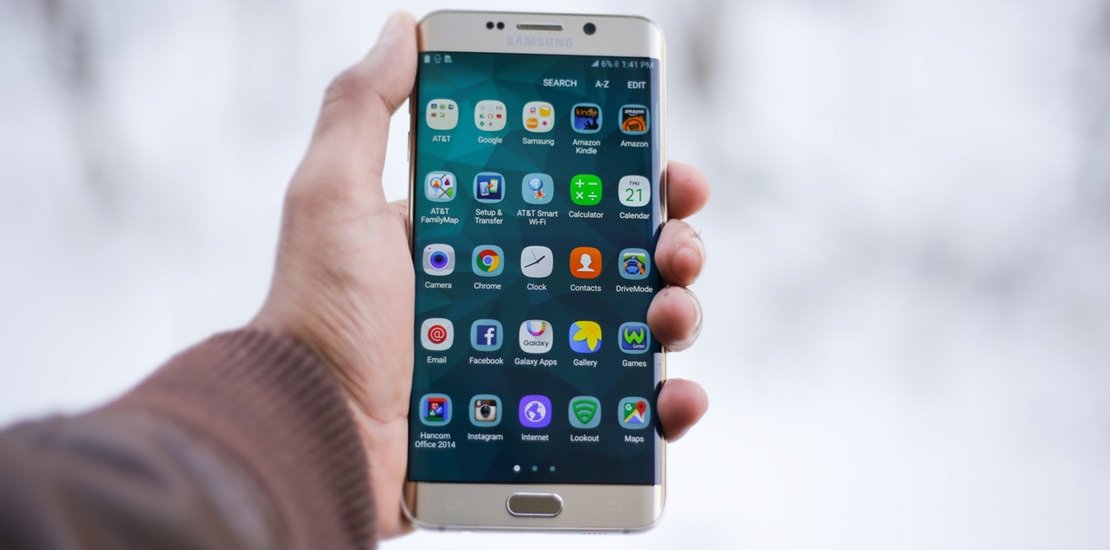Introduction:
In our digitally-driven era, mobile apps have become an integral part of our daily lives, transforming the way we communicate, work, and entertain ourselves. The success of a mobile app is not solely dependent on its functionality but also on its design – a critical element that can either elevate or hinder user experience. Mobile app design is an intricate blend of aesthetics and functionality, aimed at creating an intuitive, visually pleasing, and engaging interface for users. In this article, we will delve into the key principles and trends that define effective mobile app design.
- User-Centric Design:
The cornerstone of mobile app design is user-centricity. Understanding the target audience, their needs, and behaviors is paramount in creating an app that resonates with users. Conducting user research, creating user personas, and gathering feedback throughout the design process ensure that the final product aligns with the expectations and preferences of the intended users.
- Intuitive Navigation:
Effortless navigation is crucial for a positive user experience. Users should be able to seamlessly move through the app without feeling lost or confused. Clear and concise navigation menus, intuitive gestures, and logical information architecture contribute to an app that feels natural to use.
- Responsive Design:
With the diverse range of devices and screen sizes in the market, responsive design is non-negotiable. Mobile apps should adapt gracefully to different screen sizes, ensuring a consistent and enjoyable experience across smartphones and tablets. Responsive design enhances accessibility and accommodates users with various devices, making your app more inclusive.
- Minimalistic Aesthetics:
The adage “less is more” holds true in mobile app design. A clean and minimalistic design reduces cognitive load, making it easier for users to focus on essential elements. Thoughtful use of white space, a cohesive color palette, and concise typography contribute to a visually appealing and clutter-free interface.
- Consistent Branding:
Mobile apps should reflect the branding identity of the company or service they represent. Consistent use of logos, colors, and typography helps reinforce brand recognition and fosters a sense of trust. The visual elements of the app should align with the overall branding strategy to create a cohesive and memorable user experience.
- Engaging Onboarding Experience:
First impressions matter, and a well-crafted onboarding experience can significantly impact user retention. Guiding users through the app’s key features and functionalities in a concise and engaging manner helps them understand the value proposition and encourages continued use.
- Accessible Design:
Accessibility should be a top priority in mobile app design. Considering users with disabilities ensures that your app is usable by a broader audience. Providing alternative text for images, designing for voice commands, and incorporating scalable fonts are just a few ways to make your app more accessible.
- Interactive Feedback:
Feedback mechanisms, such as subtle animations, sound cues, or haptic feedback, enhance user engagement. Users should receive instant and clear feedback when interacting with elements in the app, whether it’s tapping a button, submitting a form, or swiping through content.
Conclusion:
Mobile app design is a dynamic and ever-evolving field that requires a careful balance between form and function. By prioritizing user needs, adopting intuitive navigation, embracing minimalistic aesthetics, and staying abreast of design trends, developers can create mobile apps that not only meet user expectations but also leave a lasting positive impression. As technology continues to advance, the role of mobile app design remains pivotal in shaping the way we interact with and experience digital solutions.
In the fast-paced landscape of mobile technology, staying ahead involves embracing emerging trends. Dark mode, for instance, has gained popularity for its aesthetic appeal and reduced strain on the eyes, providing users with a customizable experience. Additionally, incorporating augmented reality (AR) and virtual reality (VR) elements can elevate user engagement to new heights, creating immersive and memorable interactions. Regular updates and improvements based on user feedback are imperative to keep the app relevant and competitive. Ultimately, mobile app design is a dynamic fusion of art and functionality, where adaptability, innovation, and a keen understanding of user psychology contribute to the creation of apps that stand out in a crowded digital marketplace.
Powered By Appgenii

